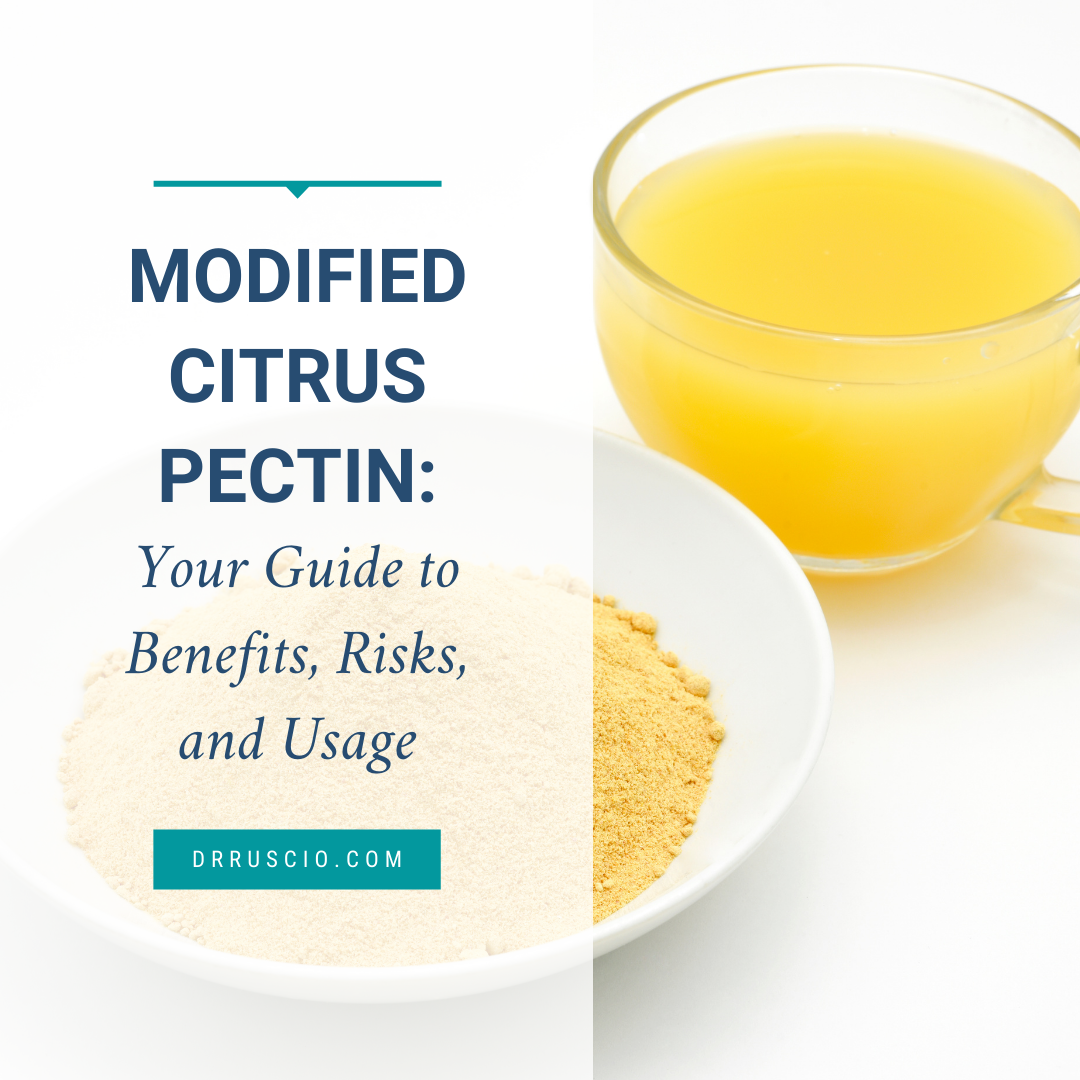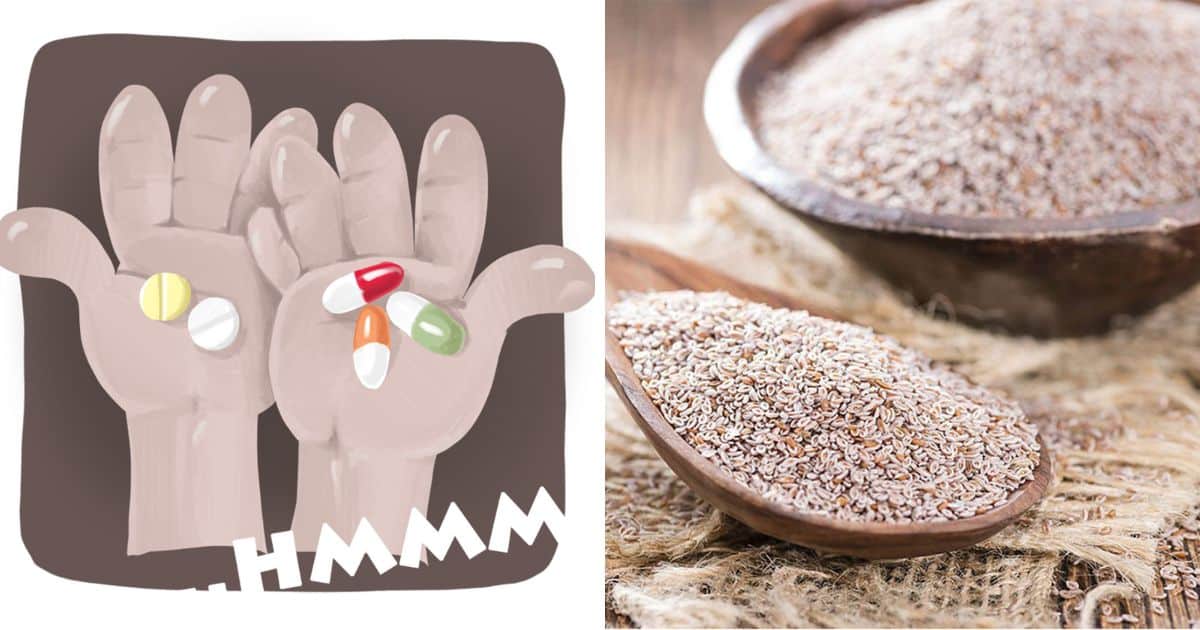The microbiome is one of the most controversial topics in Ray Peat's world.
This study shows what Ray Peat has said for years: Butyrate is inflammatory for the gut.
It does so by activating inflammasome, specifically NLRP3 signaling.
Interestingly, this other study shows that serotonin (5-HT) enhances NLRP3 inflammasome activation and NL3PR induces TPH1 transcription, giving us a positive feedback loop between 5-HT and NLRP3:

 pubmed.ncbi.nlm.nih.gov
pubmed.ncbi.nlm.nih.gov
Now, it is quite weird that Ray Peat was such a fan of citrus peel (marmalade) and carrots, given he believed in a germ-free gut and both carrots and citrus peel are known to be rich in the prebiotic soluble fiber pectin!
Well this study shows why those fibers might be good anyway. It is not only about insoluble fiber (which increased the transit time and gives roughage to stools), but also because pectin (at least citrus peel-derived pectin) shits the micriobome from butyrate-producing bacteria (γ-Proteobacteria) to acetate-producing bacteria:

White is cellulose, blue is inulin and red is pectin.
NLRP3 activation is also highly implicated in battern baldness:
 raypeatforum.com
raypeatforum.com
The NLRP3 complex secretes interleukin IL-1β. The study shows that pectin makes sure that in an IBD mouse model (making them IL-10 deficient) IL-1β is almost back to to zero:

White is cellulose, blue is inulin and red is pectin. Note that all dietary fats came from soybean oil, which is known to be able to cause IBD in itself:
This makes these results even more remarkable, as the pectin diet (75% pectin, 25% cellulose) prevented IBD even when ALL fats came from soybean oil.
Also LPS was down by the pectin diet, even for mouses without IBD.

This study is about citrus peel-derived pectin, but carrot-derived pectin is also being studied and already patented by a company:
 www.benicaros.com
www.benicaros.com
The study is really worth printing out for a full read:

 pubmed.ncbi.nlm.nih.gov
pubmed.ncbi.nlm.nih.gov
Here are some quotes:
"The NOD-like receptor (NLR) family member NLRP3 is a cytosolic protein complex responsible for the proteolytic maturation and secretion of the proinflammatory cytokines IL-1β and IL-18."
"To counteract inflammasome activity, the host constitutively secretes endogenous inhibitors, such as secretory IL-1 receptor antagonist (IL-1Ra) and IL-18 binding protein (IL-18BP). Recently, it has been shown that β-hydroxybutyrate (BHB; a ketone body) is a potent inhibitor of NLRP3.15 16 The level of circulating BHB is known to increase during prolonged fasting, thus, raising the prospect that blunting of NLRP3 activity by BHB may potentially explain, in part, how calorie restriction (CR) and fasting ameliorates inflammatory disorders. Intriguingly, BHB is a structural analogue of butyrate. Yet, in contrast to BHB, butyrate is thought to induce the activation of NLRP3, although this notion remains controversial.15"
"Hence, the goal of this study was to test the hypothesis that dietary intervention with soluble fibres, by virtue of their ability to serve as a precursor for SCFA, may be more beneficial than non-fermentable cellulose during IBD. In accord with this hypothesis, we report that the dietary soluble fibre, pectin, improved colonic inflammation in the immune hyperactivation-induced colitis model. Whereas, inulin (and FOS) exacerbated colitis likely due to this fermentable fibre being largely metabolised to butyrate and being associated to promote expansion of Proteobacteria. Taken together, our findings collectively demonstrate that fermentable fibres have a unique impact on microbiota fermentation that dictates gut inflammation."
"Fructo-oligosaccharides (FOS, aka oligofructose, an inulintype fructan) are mainly produced by partial enzymatic hydrolysis of inulin. Together, inulin and FOS are among the mostwidely used prebiotic fibres in the food industry. Therefore,we next analysed the effects of FOS-containing diet (FCD) on colitis development. All standard colitis parameters analysed in αIL-10R treated, FCD-fed mice were indeed comparable to the αIL-10R given ICD-fed (inulin) mice (online supplementary figure S2A–I). Taken together, these results suggest that, at least in thei mmune dysregulation model of colitis, some fibres exacerbate disease, while some are protective."
"Considering the differential impacts of inulin and pectin on colitis severity, we next investigated whether changes in microbiota composition may underlie or be associated with this disparity. In accord with the notion that fermentable fibres nourish microbiota, replacing the insoluble fibre, cellulose, with inulin elevated the total faecal bacterial loads (figure 2A). Notably, while inulin enhanced levels of γ-Proteobacteria, which are well linked to inflammation, this class was decreased in abundance both before and following αIL-10R in PCD-fed mice (figure 2B). Acknowledging the notion that γ-Proteobacteria promote and are promoted by inflammation, levels of γ-Proteobacteria were correlated with the inflammatory marker faecal Lcn2 (figure 2C).Bacteria that are known to readily metabolise fibre into SCFA, including Clostridia cluster XIVa, Lachnospiraceae and Ruminococcaceae,33 were preferentially enhanced by ICD (figure 2D–E).Such increases in butyrogenic bacteria following ICD, but no tPCD feeding, was correlated with expression of butyryl-CoA:acetate CoA-transferase (BCoAT), a key bacterial enzyme involvedin butyrate synthesis (figure 2F). While replacing cellulose witheither fermentable fibre resulted in increased levels of caecal SCFA, PCD preferentially enhanced acetate, whereas ICD preferentially increased butyrate (figure 2G–I)"
"While pectin is not classified as a FODMAP, it remains unclear whether pectin has any, if not reduced, side effects when consumed during IBD. At least in comparison to inulin, we demonstrated that pectin-feeding resulted in less caecal butyrate. Considering that inulin and pectin are structurally distinct and require specific enzymes (eg, inulinases and pectinases) for their fermentation, it seems conceivable that these fibres may differentially cater to diverse groups of bacteria, resulting in disparate SCFA profiles and physiological effects. Additionally, we reasoned that the mucoprotection conferred by pectin during colitis may be, in part but strongly, associated with its abilityto upregulate IL-1Ra, which is known to counter-regulate IL-1β bioactivity, in addition to promoting elevation of colonic T_regs. Further studies are needed to explore whether pectin may serve as an alternative source of fibre for patients with IBD who frequently develop complications with FODMAPs or similar types of complex carbohydrate-rich foods, to rescue from prolonged fibre deprivation."
This study shows what Ray Peat has said for years: Butyrate is inflammatory for the gut.
It does so by activating inflammasome, specifically NLRP3 signaling.
Interestingly, this other study shows that serotonin (5-HT) enhances NLRP3 inflammasome activation and NL3PR induces TPH1 transcription, giving us a positive feedback loop between 5-HT and NLRP3:

Overproduction of Gastrointestinal 5-HT Promotes Colitis-Associated Colorectal Cancer Progression via Enhancing NLRP3 Inflammasome Activation - PubMed
Chronic inflammation is a key driver for colitis-associated colorectal cancer. 5-hydroxytryptamine (5-HT), a neurotransmitter, has been reported to promote inflammation in the gastrointestinal tract. However, the mechanism behind this remains unclear. In this study, we found that 5-HT levels, as...
Now, it is quite weird that Ray Peat was such a fan of citrus peel (marmalade) and carrots, given he believed in a germ-free gut and both carrots and citrus peel are known to be rich in the prebiotic soluble fiber pectin!
Well this study shows why those fibers might be good anyway. It is not only about insoluble fiber (which increased the transit time and gives roughage to stools), but also because pectin (at least citrus peel-derived pectin) shits the micriobome from butyrate-producing bacteria (γ-Proteobacteria) to acetate-producing bacteria:
White is cellulose, blue is inulin and red is pectin.
NLRP3 activation is also highly implicated in battern baldness:
NLRP3 Inflammasome Cause Of Male Pattern Baldness
So far I haven't really seen any profound regrowth stories on this forum (eg returning to dense nw1). I think Danny and Ray are correct, though I wonder if someone who has a better understanding of biochemistry than i do could possibly integrate this guys theory into our bioenergetic view...
The NLRP3 complex secretes interleukin IL-1β. The study shows that pectin makes sure that in an IBD mouse model (making them IL-10 deficient) IL-1β is almost back to to zero:
White is cellulose, blue is inulin and red is pectin. Note that all dietary fats came from soybean oil, which is known to be able to cause IBD in itself:
This makes these results even more remarkable, as the pectin diet (75% pectin, 25% cellulose) prevented IBD even when ALL fats came from soybean oil.
Also LPS was down by the pectin diet, even for mouses without IBD.
This study is about citrus peel-derived pectin, but carrot-derived pectin is also being studied and already patented by a company:
Benicaros
The study is really worth printing out for a full read:

Microbiota fermentation-NLRP3 axis shapes the impact of dietary fibres on intestinal inflammation - PubMed
These results not only support the notion that fermentable fibres have the potential to ameliorate colitis but also caution that, in some contexts, prebiotic fibres can lead to gut dysbiosis and surfeit colonic butyrate that might exacerbate IBD.
Here are some quotes:
"The NOD-like receptor (NLR) family member NLRP3 is a cytosolic protein complex responsible for the proteolytic maturation and secretion of the proinflammatory cytokines IL-1β and IL-18."
"To counteract inflammasome activity, the host constitutively secretes endogenous inhibitors, such as secretory IL-1 receptor antagonist (IL-1Ra) and IL-18 binding protein (IL-18BP). Recently, it has been shown that β-hydroxybutyrate (BHB; a ketone body) is a potent inhibitor of NLRP3.15 16 The level of circulating BHB is known to increase during prolonged fasting, thus, raising the prospect that blunting of NLRP3 activity by BHB may potentially explain, in part, how calorie restriction (CR) and fasting ameliorates inflammatory disorders. Intriguingly, BHB is a structural analogue of butyrate. Yet, in contrast to BHB, butyrate is thought to induce the activation of NLRP3, although this notion remains controversial.15"
"Hence, the goal of this study was to test the hypothesis that dietary intervention with soluble fibres, by virtue of their ability to serve as a precursor for SCFA, may be more beneficial than non-fermentable cellulose during IBD. In accord with this hypothesis, we report that the dietary soluble fibre, pectin, improved colonic inflammation in the immune hyperactivation-induced colitis model. Whereas, inulin (and FOS) exacerbated colitis likely due to this fermentable fibre being largely metabolised to butyrate and being associated to promote expansion of Proteobacteria. Taken together, our findings collectively demonstrate that fermentable fibres have a unique impact on microbiota fermentation that dictates gut inflammation."
"Fructo-oligosaccharides (FOS, aka oligofructose, an inulintype fructan) are mainly produced by partial enzymatic hydrolysis of inulin. Together, inulin and FOS are among the mostwidely used prebiotic fibres in the food industry. Therefore,we next analysed the effects of FOS-containing diet (FCD) on colitis development. All standard colitis parameters analysed in αIL-10R treated, FCD-fed mice were indeed comparable to the αIL-10R given ICD-fed (inulin) mice (online supplementary figure S2A–I). Taken together, these results suggest that, at least in thei mmune dysregulation model of colitis, some fibres exacerbate disease, while some are protective."
"Considering the differential impacts of inulin and pectin on colitis severity, we next investigated whether changes in microbiota composition may underlie or be associated with this disparity. In accord with the notion that fermentable fibres nourish microbiota, replacing the insoluble fibre, cellulose, with inulin elevated the total faecal bacterial loads (figure 2A). Notably, while inulin enhanced levels of γ-Proteobacteria, which are well linked to inflammation, this class was decreased in abundance both before and following αIL-10R in PCD-fed mice (figure 2B). Acknowledging the notion that γ-Proteobacteria promote and are promoted by inflammation, levels of γ-Proteobacteria were correlated with the inflammatory marker faecal Lcn2 (figure 2C).Bacteria that are known to readily metabolise fibre into SCFA, including Clostridia cluster XIVa, Lachnospiraceae and Ruminococcaceae,33 were preferentially enhanced by ICD (figure 2D–E).Such increases in butyrogenic bacteria following ICD, but no tPCD feeding, was correlated with expression of butyryl-CoA:acetate CoA-transferase (BCoAT), a key bacterial enzyme involvedin butyrate synthesis (figure 2F). While replacing cellulose witheither fermentable fibre resulted in increased levels of caecal SCFA, PCD preferentially enhanced acetate, whereas ICD preferentially increased butyrate (figure 2G–I)"
"While pectin is not classified as a FODMAP, it remains unclear whether pectin has any, if not reduced, side effects when consumed during IBD. At least in comparison to inulin, we demonstrated that pectin-feeding resulted in less caecal butyrate. Considering that inulin and pectin are structurally distinct and require specific enzymes (eg, inulinases and pectinases) for their fermentation, it seems conceivable that these fibres may differentially cater to diverse groups of bacteria, resulting in disparate SCFA profiles and physiological effects. Additionally, we reasoned that the mucoprotection conferred by pectin during colitis may be, in part but strongly, associated with its abilityto upregulate IL-1Ra, which is known to counter-regulate IL-1β bioactivity, in addition to promoting elevation of colonic T_regs. Further studies are needed to explore whether pectin may serve as an alternative source of fibre for patients with IBD who frequently develop complications with FODMAPs or similar types of complex carbohydrate-rich foods, to rescue from prolonged fibre deprivation."



